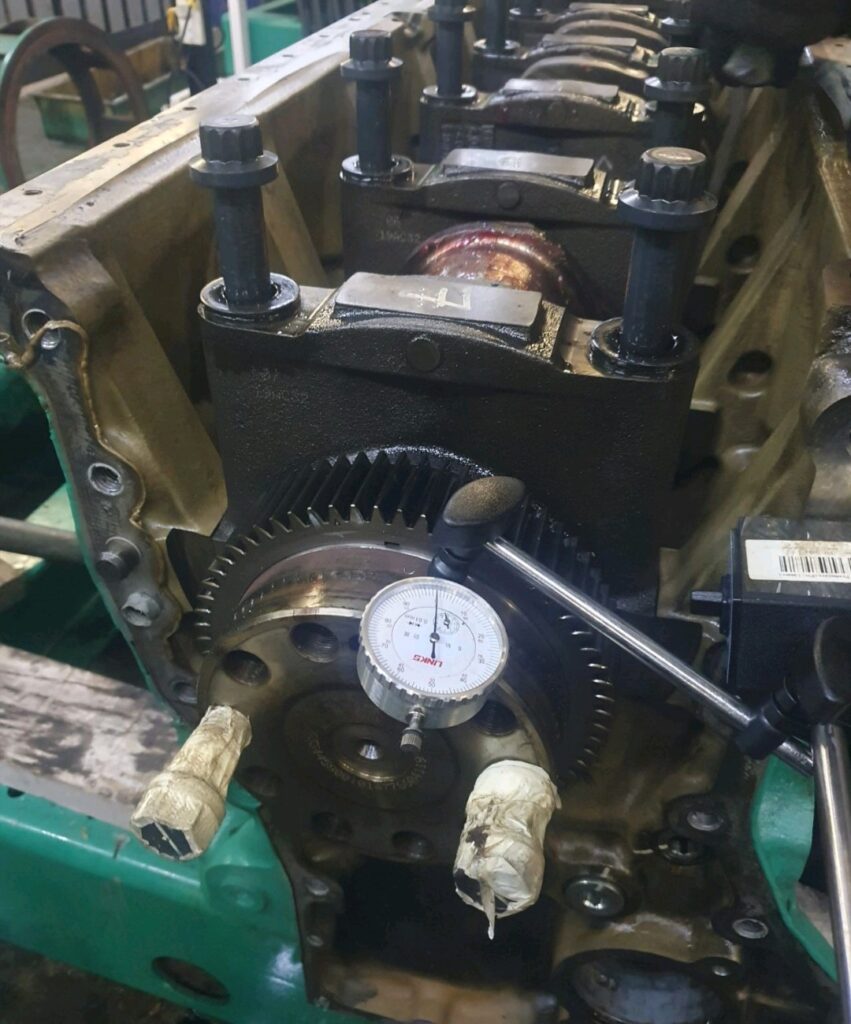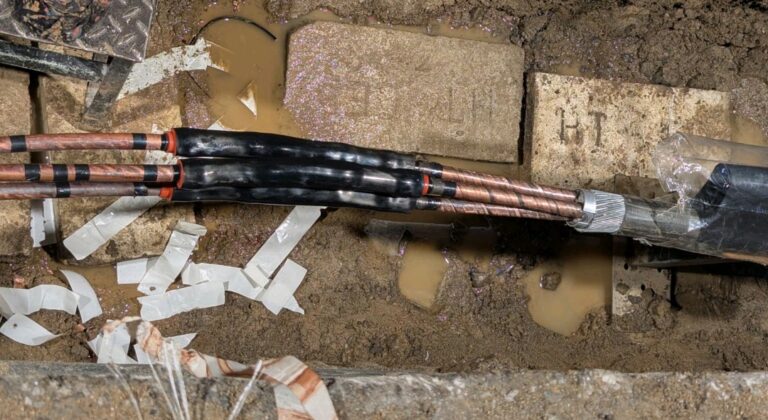Power Generator 2000 Hours Engine major overhaul and Main Alternator service .
1. Preparation Safety First:-
*Ensure that you have all the necessary.
*Gather Tools and Equipment
*Obtain Replacement Parts
*Service Manual
2. Engine Removal
*Disconnect Battery and Fuel Lines
*Remove the Engine: If used lifting equipments
3. Engine Disassembly:-
*Drain Fluids: Ensure all fluids (oil, coolant, fuel) are drained.
*Label Parts:
*Remove External Components:
*Disassemble the Cylinder Head: Remove the cylinder head and inspect it for cracks or excessive wear.
*Remove Pistons and Crankshaft: Carefully remove the pistons, connecting rods, and crankshaft, noting any wear or damage.
*Inspect Other Components: Inspect the timing gears, water, oil, fuel(pumps) and any other internal components for wear.
4. Inspection and Cleaning
*Inspect Cylinder Walls: Check for scoring or wear.
*Check Crankshaft and Bearings: Inspect for scoring, wear, and proper alignment.
*Inspect Cylinder Head: Check for cracks or warping. If the head is damaged, it may need to be resurfaced or replaced.
*Inspect Valves and Valve Seats: Look for wear on the valves and seats. Valve guides may also need replacement.
*Clean All Components: Clean parts with a parts washer, ensuring that all passages are clear and free from debris. Pay special attention to cleaning the oil galleries and cooling passages.
5. Rebuilding the Engine
*Replace Worn Components: Replace components such as piston rings, bearings, seals, gaskets, and valve seals.
*Recondition the Cylinder Head: If necessary, machine the cylinder head, including resurfacing it, checking valve seats, and replacing worn valve
*Install New Bearings and Pistons: Fit new bearings and install new pistons and rings. Ensure the pistons are properly oriented.
*Assemble the Crankshaft and Connecting Rods: Reinstall the crankshaft with fresh bearings and connecting rods, torquing the bolts to the manufacturer’s specifications.
*Install the Cylinder Head: Carefully install the cylinder head, using a new gasket. Torque the head bolts in the proper sequence.
*Reassemble the Engine: Follow the reverse process of disassembly. Reinstall the timing gears, camshaft, injectors, turbocharger, and other components.
6. Final Checks
*Check Valve Timing: Ensure the timing is set correctly according to the engine specifications.
*Torque Specifications: Double-check all bolts and nuts to ensure they are torqued to the manufacturer’s specifications.
*Install External Components: Reinstall the alternator, starter motor, exhaust system, and other peripherals.
*Check Oil and Coolant Systems: Ensure that the oil and coolant systems are properly refilled.
7. Testing
*Crank the Engine: turn the engine over by hand to ensure there are no binding or resistance issues.
*Start the Engine: Once the engine is reassembled and fluids are filled, start the engine and let it idle.
*Check for Leaks: ensure that the engine is running smoothly.

